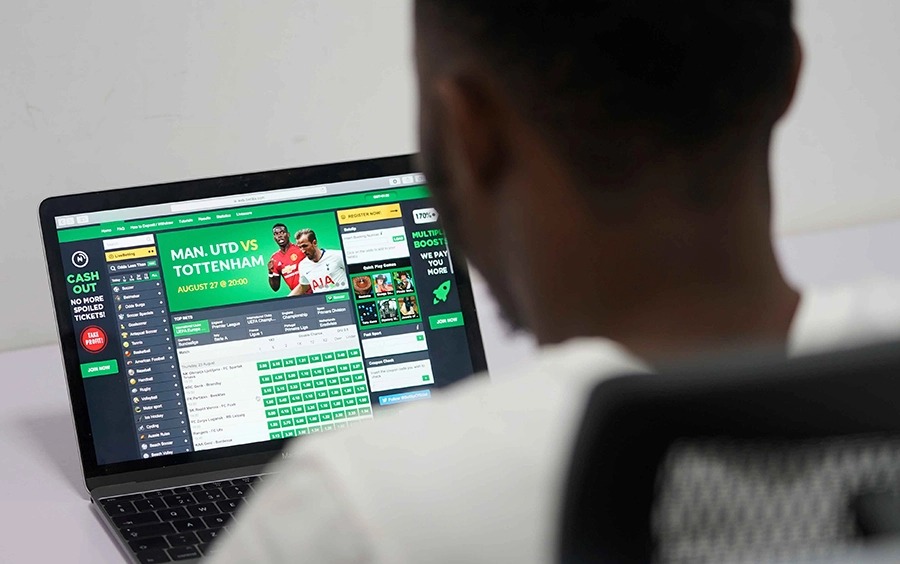How to Create a B2B/B2C Content Strategy that Aligns with Your Buyer’s Journey

As the digital landscape becomes increasingly competitive, creating content that resonates with your audience at every stage of their journey is crucial for success. Whether you’re targeting businesses (B2B) or consumers (B2C), understanding your buyer’s journey and aligning your content strategy with it can lead to higher engagement, increased trust, and ultimately, more conversions.
Understanding the Buyer’s Journey
The buyer’s journey is a framework that outlines the steps a prospect goes through before making a purchase. It consists of three main stages:
- Awareness Stage: The prospect becomes aware of a problem or need.
- Consideration Stage: The prospect defines their problem and researches options to solve it.
- Decision Stage: The prospect chooses a solution and makes a purchase.
For both B2B and B2C brands, the buyer’s journey is a critical component of a successful content strategy. By mapping your content to each journey stage, you ensure that your messaging is relevant, timely, and valuable.
Read more related articles: Leveraging Mobile Marketing for Maximum Reach
Why Aligning Content with the Buyer’s Journey Matters
Aligning your content with the buyer’s journey allows you to:
- Address Specific Pain Points: Tailor your content to the exact needs and concerns of your audience at each stage.
- Guide Prospects Through the Funnel: Smoothly transition prospects from awareness to decision by providing the right information at the right time.
- Build Trust and Credibility: Establish your brand as a thought leader by offering valuable insights and solutions.
- Increase Conversion Rates: By delivering targeted content, you reduce friction and make it easier for prospects to take the next step.
Actionable Steps to Create a B2B/B2C Content Strategy Aligned with the Buyer’s Journey
Step 1: Define Your Buyer Personas
Before you can create content that aligns with the buyer’s journey, you need to understand who your buyers are. Develop detailed buyer personas that include information about your target audience’s demographics, pain points, goals, and behaviour.
For B2B, focus on understanding the decision-making process within organizations, including key stakeholders. For B2C, consider the emotional triggers and lifestyle factors that influence purchasing decisions.
Step 2: Map Out the Buyer’s Journey
Once you have your buyer personas, map out the buyer’s journey for each persona. Identify the key questions and challenges they face at each stage. This will guide your content creation process.
- Awareness Stage: What problems are your prospects trying to solve? What challenges are they experiencing?
- Consideration Stage: What solutions are they exploring? What criteria are they using to evaluate options?
- Decision Stage: What factors influence their final decision? What objections might they have?
Step 3: Develop Content for Each Stage
Now that you have a clear understanding of your buyer personas and their journey, it’s time to create content that resonates at each stage.
Awareness Stage: Educational Content
- B2B Example: Write blog posts or create whitepapers that address common industry challenges. Focus on educating your audience about the broader context of their problem.
- B2C Example: Produce engaging videos or infographics that highlight the issues your target audience faces. Use social media to share relatable stories that resonate with their experiences.
Consideration Stage: Solution-Oriented Content
- B2B Example: Develop case studies, eBooks, or webinars that showcase how your product or service solves specific problems. Highlight your unique value proposition.
- B2C Example: Create comparison guides, product reviews, or how-to articles that help your audience evaluate their options. Offer downloadable resources like checklists or guides to assist in decision-making.
Decision Stage: Conversion-Focused Content
- B2B Example: Provide free trials, demos, or personalized consultations to help prospects experience your solution firsthand. Include customer testimonials and ROI calculators to reinforce the value of your offering.
- B2C Example: Offer limited-time discounts, exclusive offers, or free samples to encourage immediate action. Use clear and persuasive calls-to-action (CTAs) to guide prospects toward purchasing.
Read more related articles: Content Marketing Strategies for B2B Businesses in Nigeria
Step 4: Distribute and Promote Your Content
Creating great content is only half the battle; you also need to ensure it reaches your target audience. Use a multi-channel distribution strategy to promote your content across various platforms.
- B2B Example: Leverage LinkedIn, industry forums, and email marketing to reach decision-makers. Consider using account-based marketing (ABM) strategies to target specific companies or industries.
- B2C Example: Utilize social media platforms like Instagram, Facebook, and YouTube to engage with your audience. Consider using influencer marketing to amplify your reach.
Step 5: Measure and Optimize Your Content Strategy
Finally, it’s essential to track the performance of your content and make adjustments as needed. Use analytics tools to measure key metrics such as traffic, engagement, conversion rates, and ROI.
- B2B Focus: Track metrics like lead generation, pipeline contribution, and sales cycle length.
- B2C Focus: Monitor metrics such as website traffic, social media engagement, and customer lifetime value.
Conclusion
Aligning your content strategy with the buyer’s journey is a powerful way to connect with your audience, build trust, and drive conversions. By understanding your buyer personas, mapping out the journey, and creating targeted content for each stage, you can create a seamless experience that guides prospects from awareness to decision.
Remember, the key to success is continuous improvement. Regularly review and optimize your content strategy based on performance data and changing market trends. With the right approach, your B2B/B2C brand can achieve sustainable growth and long-term success.
Read more related articles: The Power of Storytelling in Marketing: Building Brand Loyalty & Trust



